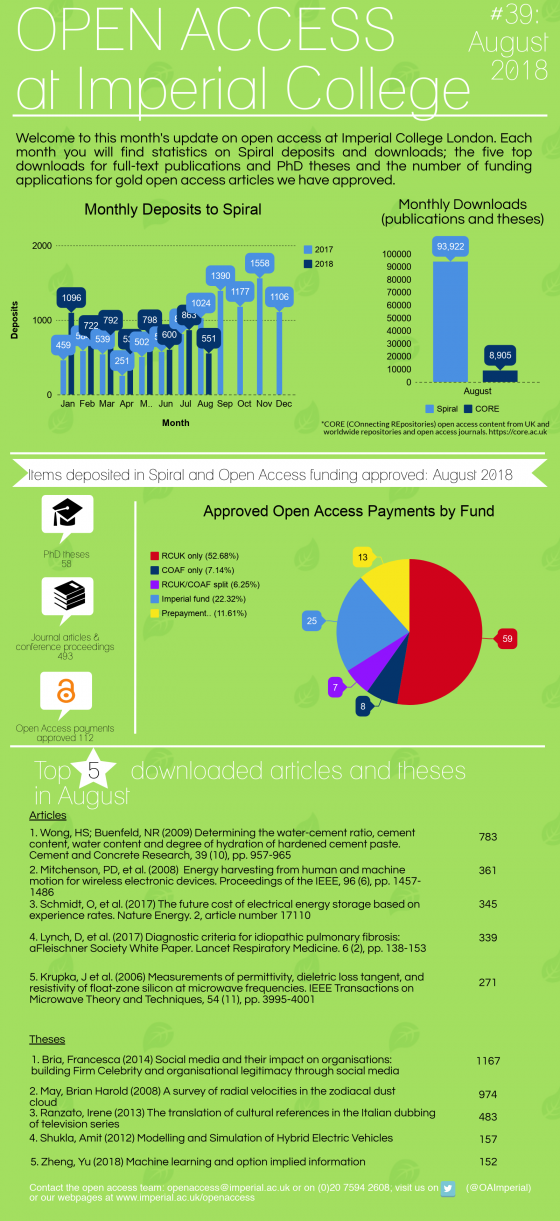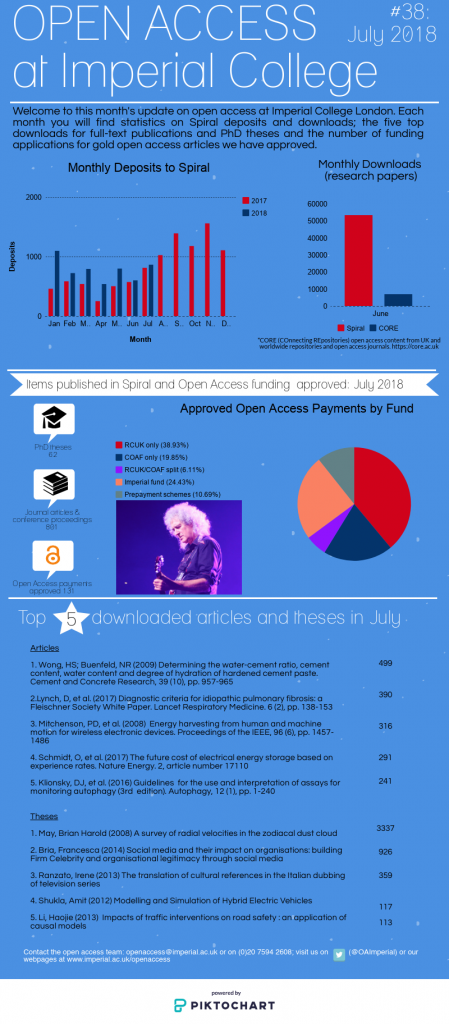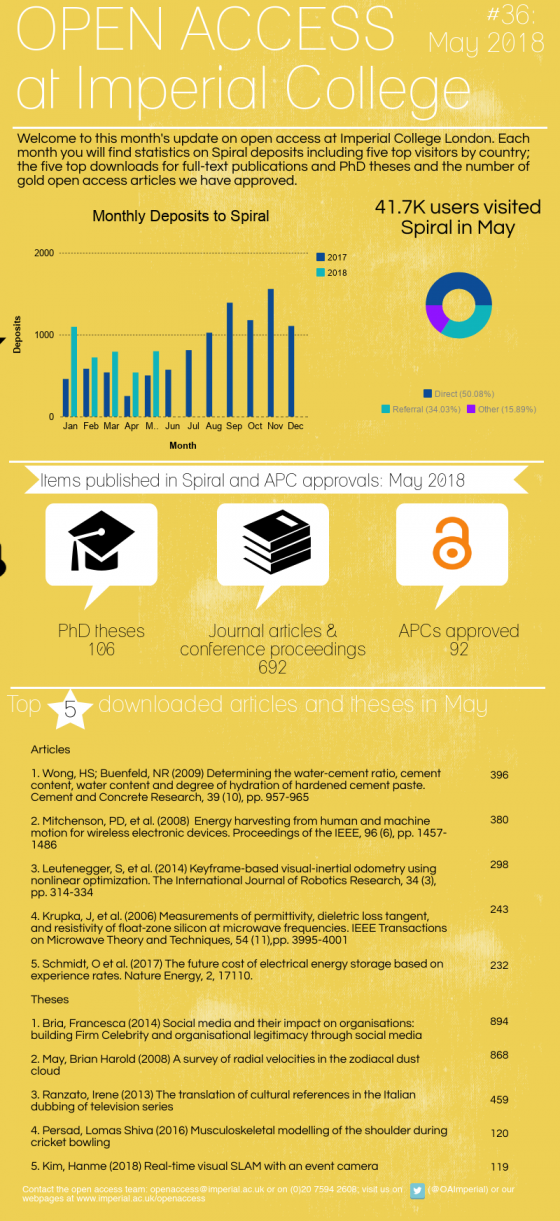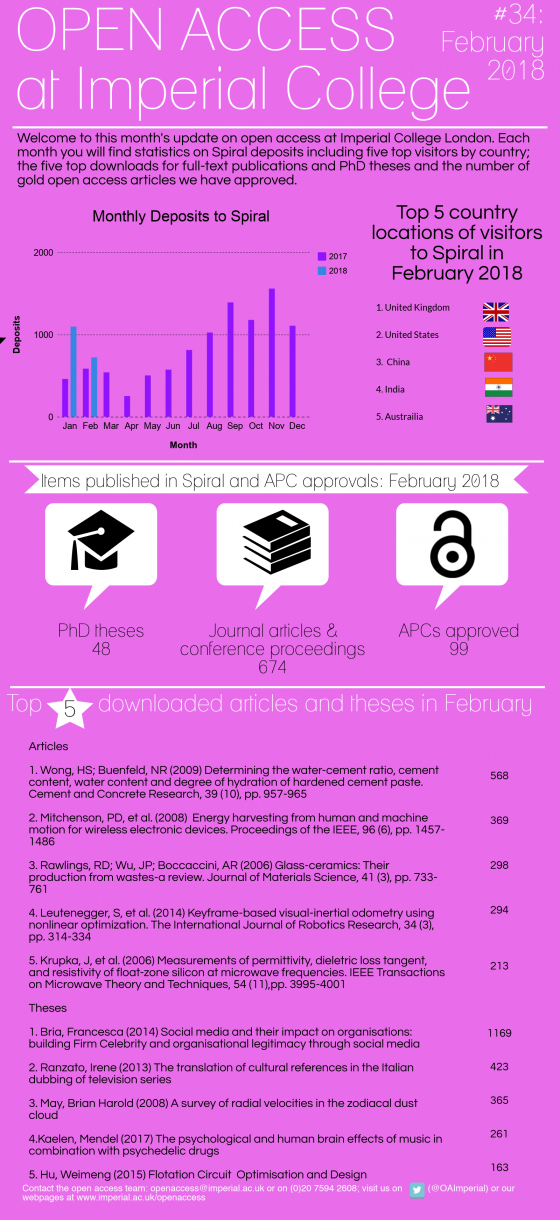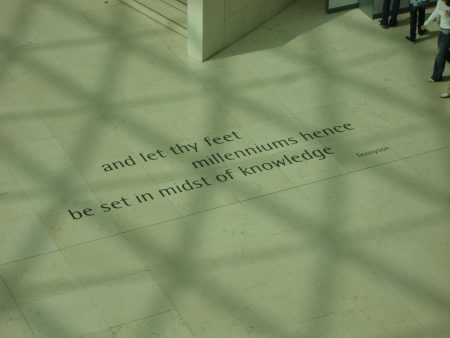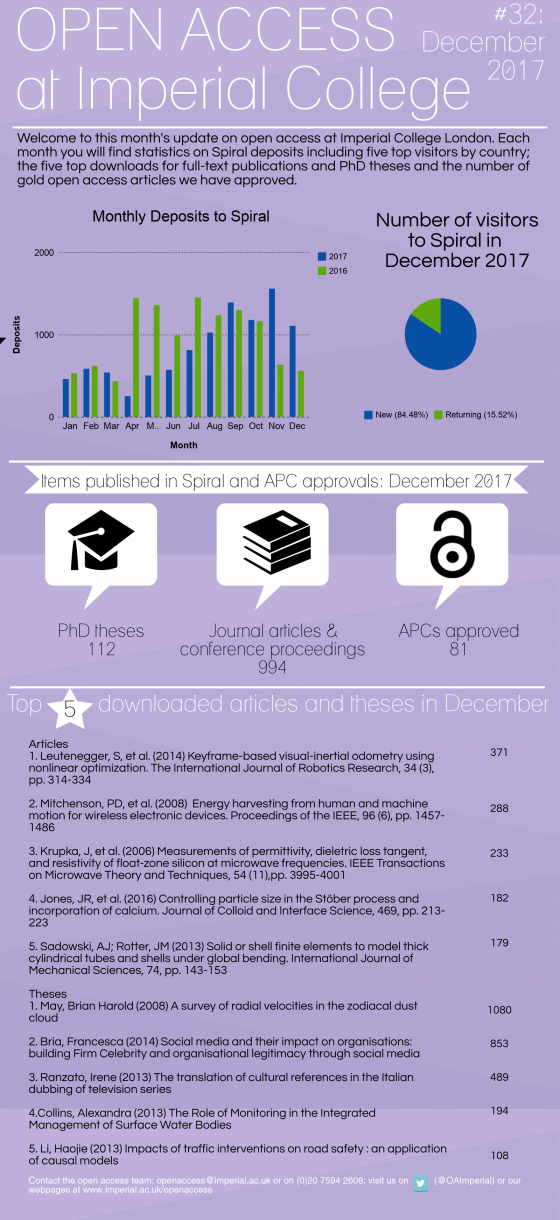A (publisher) problem shared is a problem halved… new community resource
The needs of the OA community have not and are not being met by established publishers, causing OA/SCM teams many headaches in their daily tasks. In a previous role I began to record the various problems I encountered, and I’ve been continuing this work with colleagues at Imperial. Our list currently contains 106 issues with 70 different publishers. Some publishers are only listed once in the document, whilst some repeat offenders feature as many as 7 times.
As we have a fairly large record of problems (and we’re librarians) we’ve decided to try and structure the information, currently recorded in an online spreadsheet.
We’ve added columns for contextual information, such as the type of publisher, their location, whether the problem relates to Gold or Green OA, and if Gold, whether hybrid or pure. This allows us to do some basic analysis on the data, for instance, we can filter to discover that most of the publishers who cause us problems in terms of licensing are small/society outfits based in the USA.
We’ve come up with 7 categories that we use to collate similar problems together, as below.
- Costs
We record publishers whose basic APC costs we consider to be excessive and also those who have unfair or unusual charges, such as those who charge an additional fee for a CC-BY licence (a cynical attempt to exploit institutional UKRI/COAF OA grants?), compulsory page and colour charges, or APC charges based on article length. - Licensing
For issues around CC licences, particularly changing them, and other licensing problems such as confusing or restrictive publisher-own Gold licences. - Payment
Examples of payment problems include using different systems for APCs and other charges, sending invoices for articles that should be paid via prepay, or a publisher being repeatedly unable to trace payments. - Policy
Predominantly for confusing, conflicting or very restrictive copyright/self-archiving policies, such as rolling embargoes or deposit only in closed access repositories, or only on an intranet (me neither). - Predatory
Simply a way of recording potentially illegitimate publishing entities (PIPEs). PIPEs are often referred to as ‘predatory publishers’, and there is a list of PIPEs. To be listed as a predatory publisher/journal in our list the publisher/journal must have failed several of the checks on the ThinkCheckSubmit website. - Procedure
For difficulties in arranging Green/Gold and the processes that we/the publisher go through. Examples include publishers requiring payment to be received before publishing, unintuitive dashboards for prepay schemes, or delays between ordering Gold and receiving an invoice. A problem recorded just this morning regards one publisher’s decision to set an exchange rate from $ to € in January of each year, which is then set until the following January, irrespective of currency fluctuations. This potentially increases costs as well as adding extra administrative burden when processing an invoice charged in €, to be paid in £, for an APC originally advertised in $. - Production
To do with what the publishers actually produce, so for problems with their product, e.g. not stating whether something is CC-BY, broken DOIs, confusing article types, attaching adverts to articles, etc.

The purpose of the spreadsheet was to allow us to see which problems and which publishers were frequently reoccurring so that we could try and locate particular areas that need addressing. The information, it is hoped, will be of use to the rest of the OA community, as well as other interested parties, such as funders, to see how we can collectively petition publishers to change their practices and quicken the transition to a more open system of scholarly communication.
So, please take a look at the sheet for yourself.
Many of the entries were recorded some time ago and may not be up to date, and we would welcome collaboration on the sheet to make it as accurate, current, and in depth as possible – we hope to have a link available on the forthcoming UKCORR resources page soon.
Please do make your own additions/amendments and get in touch and let us know if you have any questions or comments.
